Learning to Eat (Healthily) in Padua, Italy
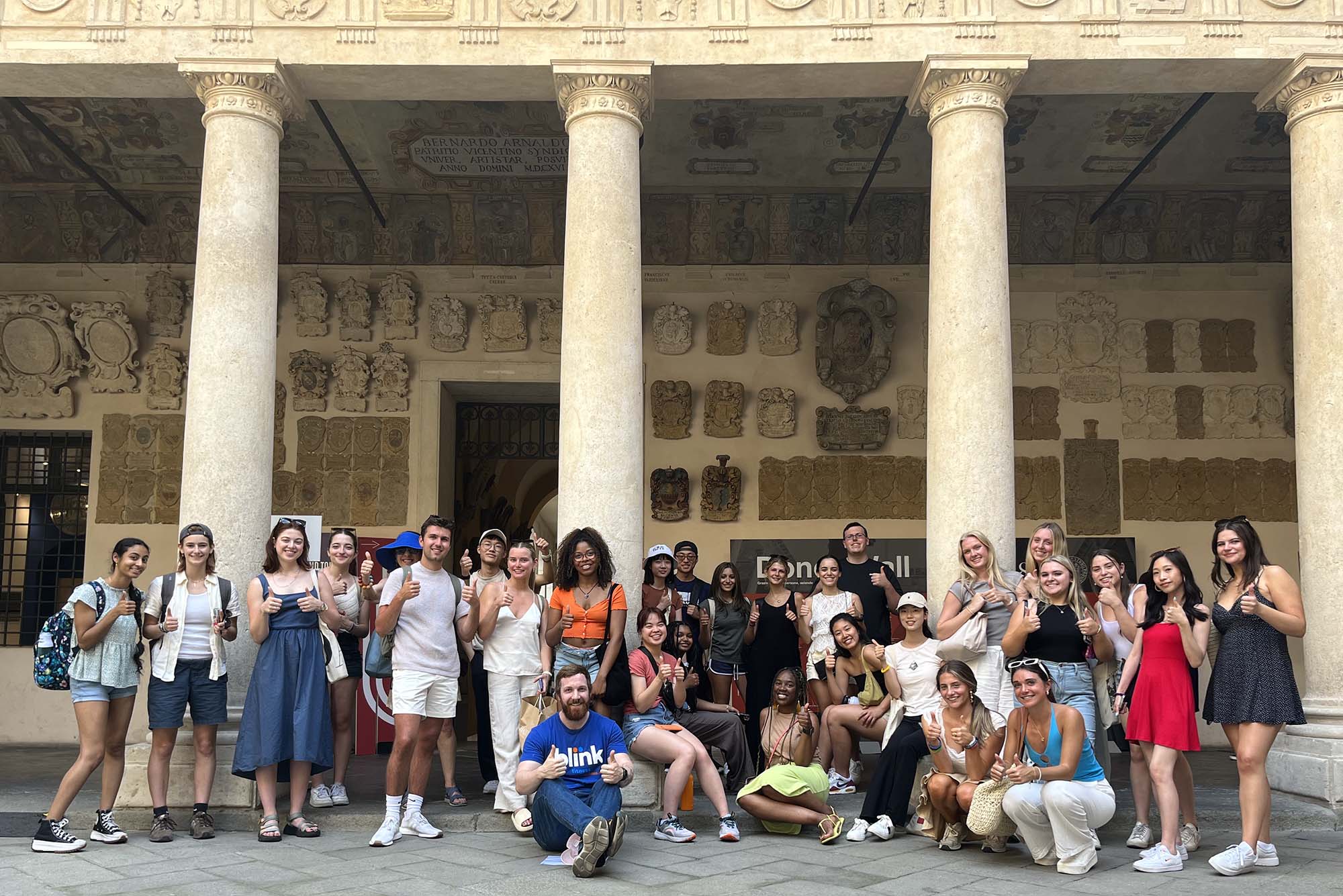
Based in the Italian city of Padua, Sargent College’s Mediterranean Diet: Food, Culture and Health program, open to undergrads and grad students, here in front of the Palazzo Bo and Anatomical Theatre, this summer drew 27 students from several colleges.
Learning to Eat (Healthily) in Padua, Italy
BU Study Abroad program trains students on the benefits of the Mediterranean diet
Aristea Angelakis had the chance to make—and, more important, eat—authentic buffalo milk ricotta cheese this summer on an Italian estate and working farm. After her cheesemonger experience, Angelakis (Sargent’25) and her classmates finished their day with a Prosecco tasting and lunch under the estate’s pergola, which looks out to the mountains of Treviso, Italy (jealous, yet?).
The farm-to-table cooking lesson was just one of many field visits meant to introduce BU students to the food-positive Mediterranean lifestyle as part of this summer’s four-week Sargent College of Health & Rehabilitation Sciences course Mediterranean Diet: Food, Culture and Health. Based in the city of Padua, in Italy’s Veneto region, the BU Study Abroad program teaches the Mediterranean diet’s evidence-based research while immersing students in the region’s food, culture, cuisine, and lifestyle. It is open to undergrads and graduate students and this summer drew 27 students from several colleges, including Sargent, the College of Arts & Sciences, and the School of Public Health.
The course is so popular—it has a waiting list—that its professors hope to expand it in the future.


During the course, students took a tour of Borogluce, an agricultural estate and winery about 45 miles north of Venice.
“The Mediterranean diet has been shown through research to be one of the healthiest eating patterns in the world,” says Paula Quatromoni (SPH’01), a Sargent College associate professor of nutrition, who designed the course in 2017. It emphasizes fresh produce, whole grains, nuts, legumes, and olive oil and fewer proteins and animal fats, and can greatly reduce the risk of diseases like diabetes, heart disease, Alzheimer’s disease, and cancer. Wine is even allowed, in moderation. The New York Times recently hailed it as the “bedrock of healthy eating.”
What makes the “diet” realistic—and fun—is its emphasis on conviviality. It encourages homemade meals with family and friends and locally sourced ingredients. These concepts translate to healthier eating habits, Quatromoni says, especially when compared to America’s food culture, where the messaging is often negative. Her scholarly research deals with eating disorders, and she says that too often, she sees people who don’t understand how life-sustaining food is.
For that reason, Quatromoni says, the course is an opportunity to teach future health professionals the importance of food positivity and inclusivity when working with patients. “Instead of making an assumption about a patient and saying, ‘Don’t eat too much ice cream,’ how about talking with patients about using fresh food and getting back in the kitchen?” she says. “Talk to them about connecting to their culture and family traditions. Those are all much more positive messages.”
Co-instructor Joan Salge Blake (Sargent’84), a Sargent clinical professor of nutrition, says that as a registered dietitian nutritionist (RDN), she is working to dispel the myth that the Mediterranean diet is expensive and unrealistic. A sought-after media expert, Salge Blake says the course was designed to teach students how to accurately communicate the science they are learning so that when they return home, they feel comfortable talking with patients about how to adopt this way of eating.
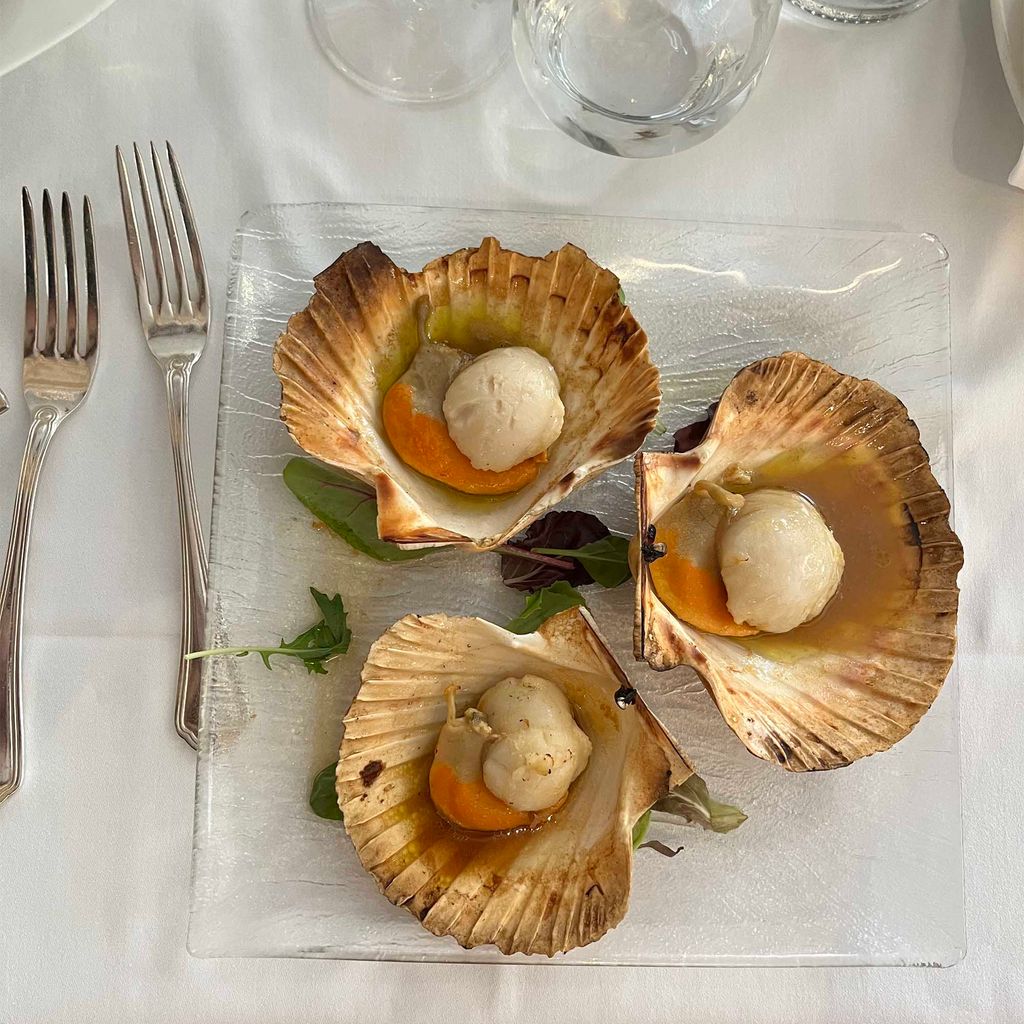
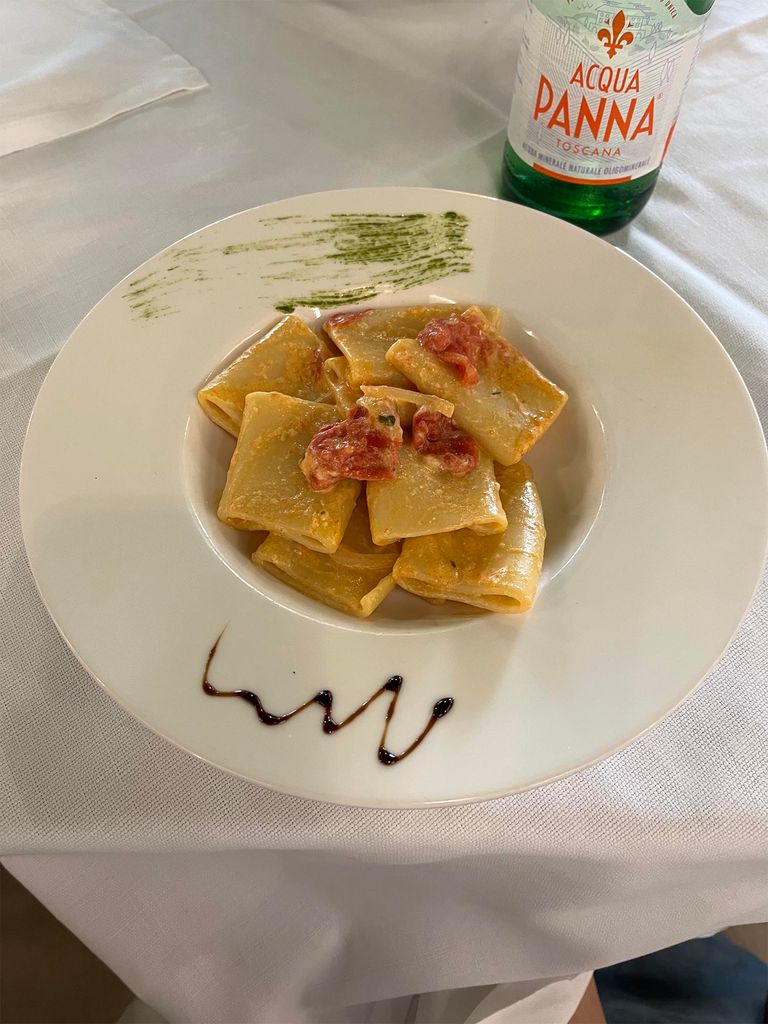
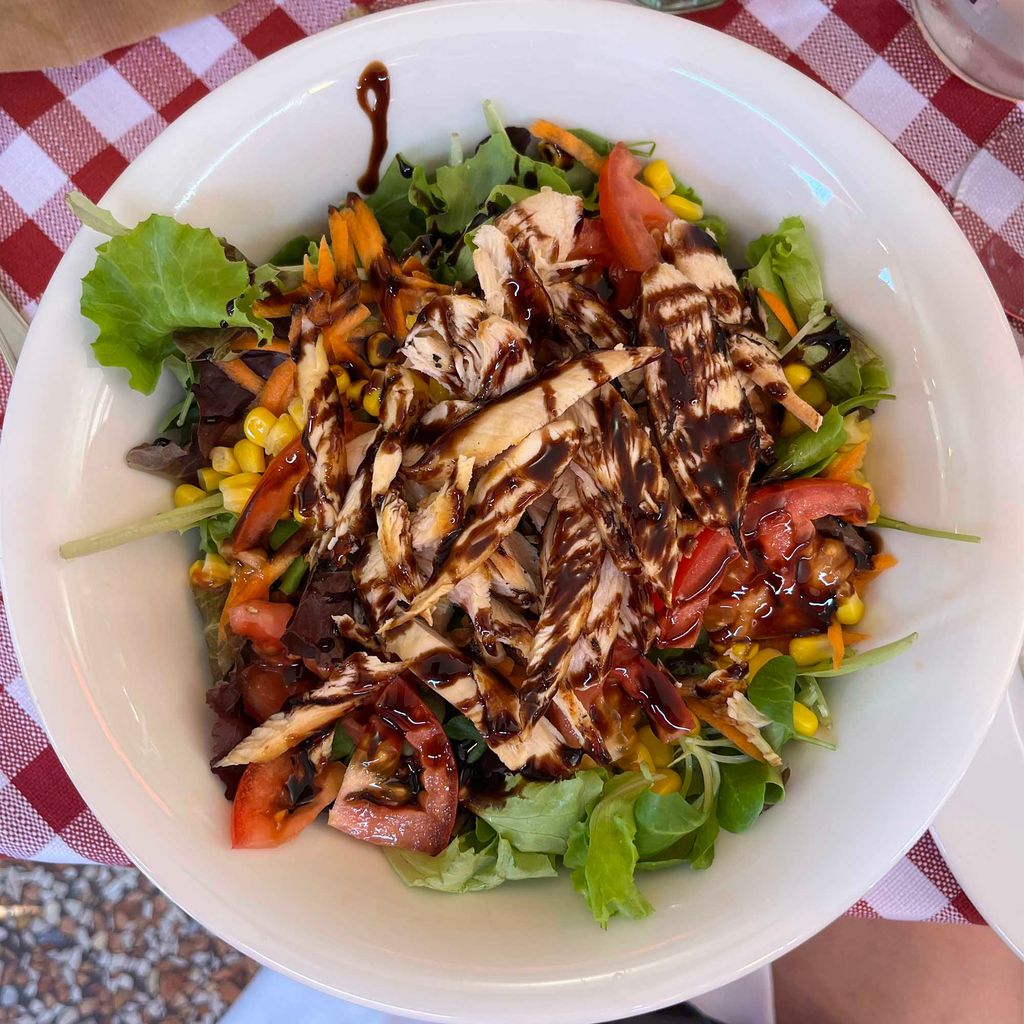
A sampling of the food the students enjoyed while in Italy this summer. Plant-based foods and healthy fats are tops, as is lean protein like fish. But pasta and wine are OK in moderation, too.
“This was the diet of peasants,” Salge Blake notes. “What we try to communicate is that this is actually an inexpensive way to eat compared to an American’s traditional diet. People need to realize they can add beans as an inexpensive source of high protein. We talked in class yesterday about how you don’t need three pounds of beef in chili. You can use one pound of beef and add a ton of beans and vegetables to it.”
The class, which fulfills a Hub credit for undergrads, takes full advantage of its home base in northern Italy. Undergraduates live in the homes of host families, giving them yet another chance to experience the Mediterranean diet. Quatromoni and Salge Blake mix classroom lectures with field trips to a local farmers market. Students this summer took a pasta-making class and heard from experts like Turkish celebrity cookbook author Aslihan Koruyan Sabanci and a registered dietitian who works in a local Italian school. They toured nearby Verona, the setting of Shakespeare’s Romeo and Juliet, and hiked up the Castel San Pietro for a panoramic view of the city.
During visits from a local agriculture professor, the class discussed sustainable agriculture and the Mediterranean diet’s environmental impact, which is low, considering it is plant-based. “When you eat local and in season, you are protecting the environment in many ways,” Quatromoni says. “We talked about how eco-friendly and sustainable this eating pattern is, since when you eat food that is produced by your local farmer, and in season, or home-grown, you are protecting the environment in many ways.”
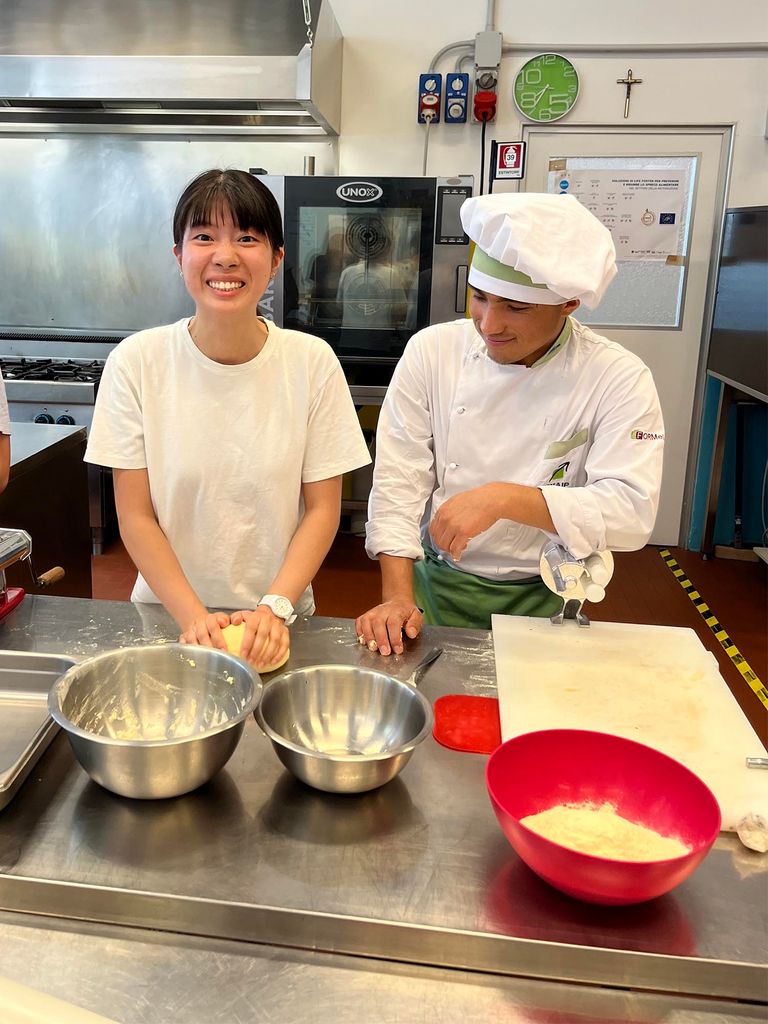
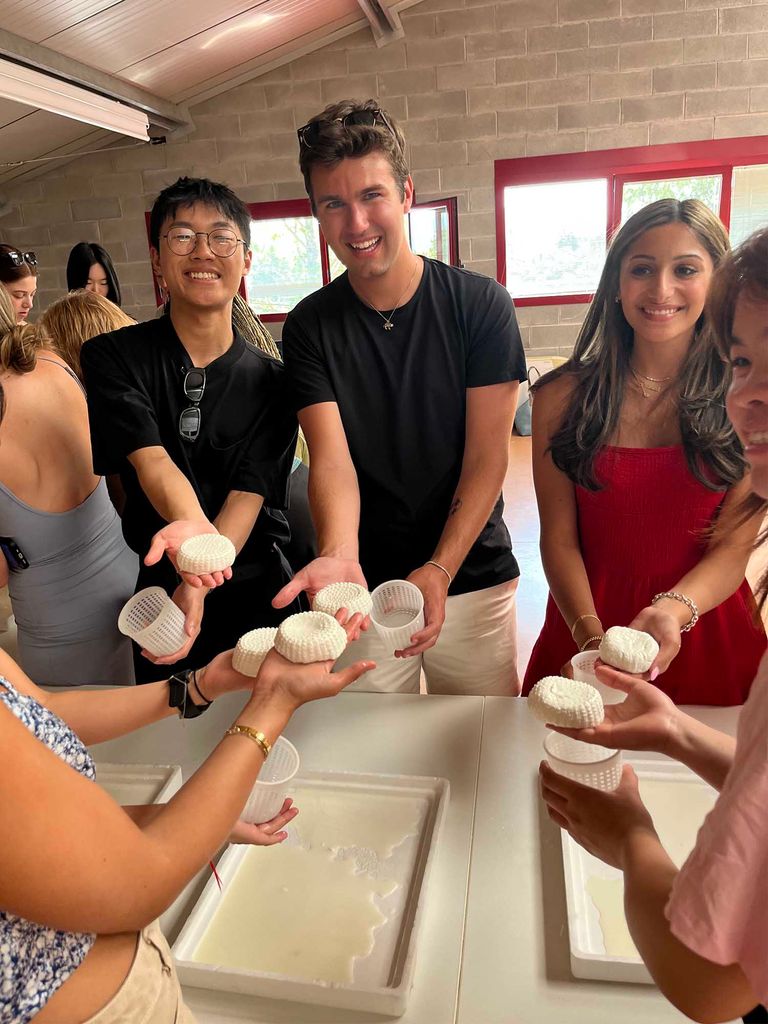
Students had a lesson on how to make buffalo milk ricotta cheese.
Students also spent time reading and analyzing scientific articles on the Mediterranean diet’s effect on diabetes and Alzheimer’s. Often, Quatromoni says, undergrads haven’t had much experience analyzing statistics or reading graphs, so they worked as a class to break these down. “The science is usually very different than what is communicated on social media or in the news, and so this is to help them think critically,” she says. “So they do it first in their small groups, then we come together and discuss it, and then I fill in with what they miss. It feels like a capstone experience because it takes it right back to the science.”
Navya Kotturu (CAS’24) says she not only learned the ins and outs of the Mediterranean diet, but was introduced to a different lifestyle, which she has now adopted. “Whether it is walking or biking to different places, buying groceries from local fresh markets, or cooking and eating meals with friends and family, I am willing to make these changes for a healthier lifestyle,” she says. A vegetarian, Kotturu also says she learned about simple changes she can make, such as using more extra-virgin olive oil (EVOO), grabbing a handful of nuts as a breakfast side, and replacing dessert with fruits. “I definitely will approach food and dieting differently after this class,” she says.
Colin Gao (Sargent’24) enrolled in the course after hearing rave reviews from a friend who was in the program last year. The Mediterranean diet is distinctive, he says, because it’s not a traditional diet—it’s a way of life. “It encompasses the entire process of how these products are cultivated and obtained, how they are skillfully prepared, the manner in which they are served, the company we share our meals with, and even the way we savor and enjoy each bite,” Gao says. “[This] concept of slow food, which places emphasis on locally sourced ingredients prepared using traditional cooking methods, has made a profound impact on me.”
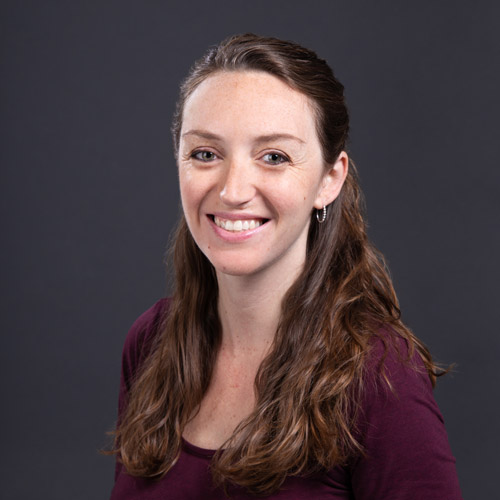
Comments & Discussion
Boston University moderates comments to facilitate an informed, substantive, civil conversation. Abusive, profane, self-promotional, misleading, incoherent or off-topic comments will be rejected. Moderators are staffed during regular business hours (EST) and can only accept comments written in English. Statistics or facts must include a citation or a link to the citation.